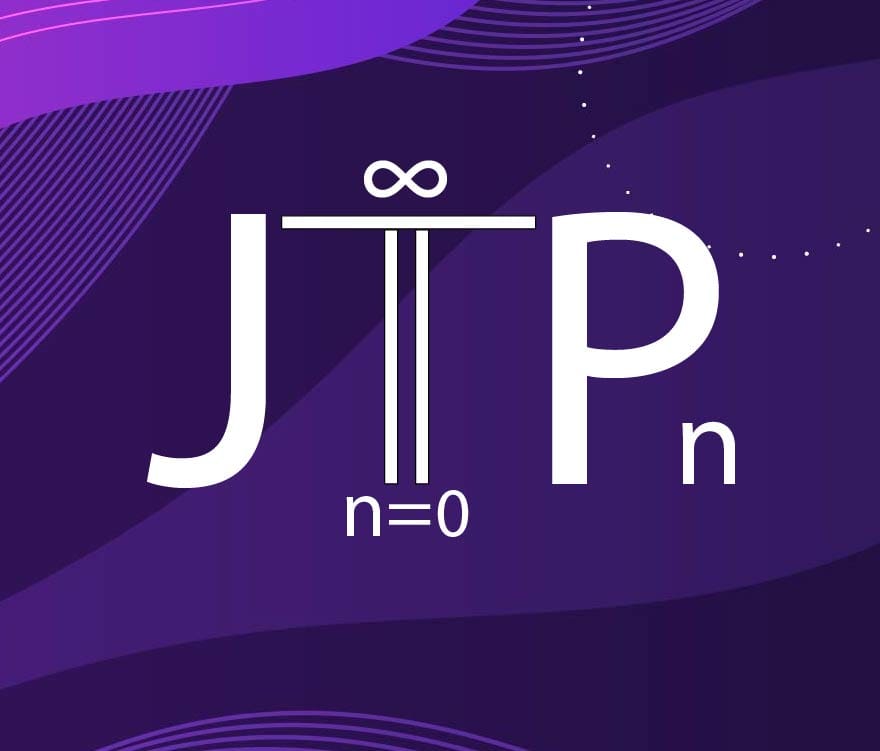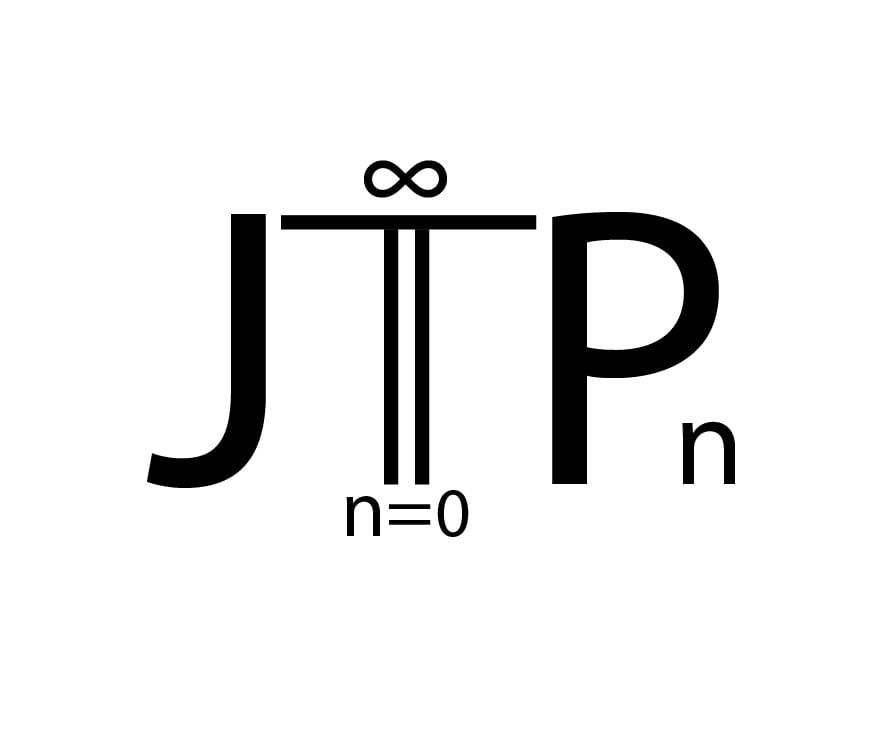Recent work by Koncki and Rimányi (2025) on higher characteristic classes of multisingularity loci poses an open challenge: how do we construct, in a functorial and universal way, the Chern–Schwartz–MacPherson (CSM) or Segre–Schwartz–MacPherson (SSM) classes attached to contact multisingularities?
The goal is to find a structural rule that tells us how to combine known classes for individual singularities into one class for a multisingularity configuration. In other words, when several singular points of different types collide under a holomorphic map, what is the universal geometric correction that governs the resulting characteristic class?
The problem
For a single singularity type we already have Thom polynomials and their CSM analogues. For multiple singularities interacting in the same fiber, we know the universal class exists, but no one has written down the general formula. The obstruction is that the cohomology rings of jet spaces contain hidden relations. Those relations stop the universal power series from factorizing cleanly.
In algebraic terms, each local singularity type is modeled by a finite local algebra — the quotient of the local function ring by its Jacobian ideal. When several singularities collide, the local algebra of the combined configuration is not a direct sum of these pieces. It is a fibered tensor product, with additional relations expressing how their coordinates and tangents coincide. These “contact relations” are precisely what generate the higher-order correction terms in the CSM class.
The Contact Tensor Category
To make this interaction explicit, we can describe all local singularity algebras inside a symmetric monoidal category — the Contact Tensor Category.
Objects are finite local algebras equipped with their contact type.
Morphisms are algebra maps preserving that contact structure.
The tensor product is the fibered collision of algebras: take their tensor product and then impose the contact relations that identify target coordinates and linearized tangent data.
This construction automatically records the realistic geometric relations of the multisingularity. It replaces the heuristic “multiply the classes and fix the error term” with a functorial rule: take the tensor product of local algebras and then mod out by the relations that actually occur in the geometry.
Realization functor
Once this category is defined, we introduce a realization functor that sends each algebra to a cohomology class in the equivariant cohomology of the jet space. This functor acts like a bridge between local algebra and global geometry.
The realization can be described in two complementary ways:
- Characteristic-cycle model – associate to each singularity a constructible function on the jet space, take its characteristic cycle, and push it forward to cohomology using the MacPherson transformation. The contact relations appear as intersection correspondences when we form tensor products.
- Equivariant lambda-ring model – work directly in the equivariant cohomology ring with its natural power-structure and define a lambda-ring homomorphism that sends each algebra to its CSM/SSM class. Multiplication in this ring is interpreted plethystically, respecting the contact-relation ideal.
Either model satisfies the core axioms of CSM theory: normalization on smooth loci, additivity on strata, proper push-forward, and contact equivariance.
What this achieves
By encoding the real geometry of collisions at the categorical level, we no longer need to “guess” the higher-order terms. They arise automatically from the relation ideal that defines the tensor product. The familiar relation
CSM(Σ) = [Σ] + h.o.t.
now has a concrete meaning: the higher-order terms correspond to the nontrivial components of the contact tensor product of the local algebras.
In effect, the Contact Tensor Category supplies the construction principle that higher CSM theory has been missing. It explains why the power series have relations and provides a way to compute them systematically.
Immediate tests
- Compute the new functor on simple types: the fold (A1), the cusp (A2), and their double collisions (A1,A1) and (A1,A2).
- Check that the resulting classes match the low-codimension expansions predicted by Koncki–Rimányi (2025).
- Verify that the construction is equivariant under the contact group action on jet spaces and stable under jet prolongation.
These small examples already show how the contact-relation ideal reproduces the expected enumerative coefficients without arbitrary normalization.
Why it matters
This framework links local algebra, contact geometry, and characteristic class theory under a single categorical language. It not only unifies the existing approaches to CSM and SSM classes but also gives a clear computational path for future work in enumerative singularity theory.
Instead of treating multisingularities as mysterious higher-order corrections, we treat them as algebraic composites with well-defined tensor rules. The higher-order terms stop being an error term — they become structure.
Closing note
This is a proposal and an outline, not yet a proof. The next step is to formalize the monoidal structure, compute the first examples, and show that the resulting functor satisfies the expected functorial properties.
But the guiding idea is simple: multisingularities are tensor products with constraints. Once those constraints are written down, the rest of the geometry follows.
Keywords
CSM classes, SSM polynomials, multisingularities, Thom–Kazarian principle, contact geometry, tensor categories, enumerative geometry


Discussion